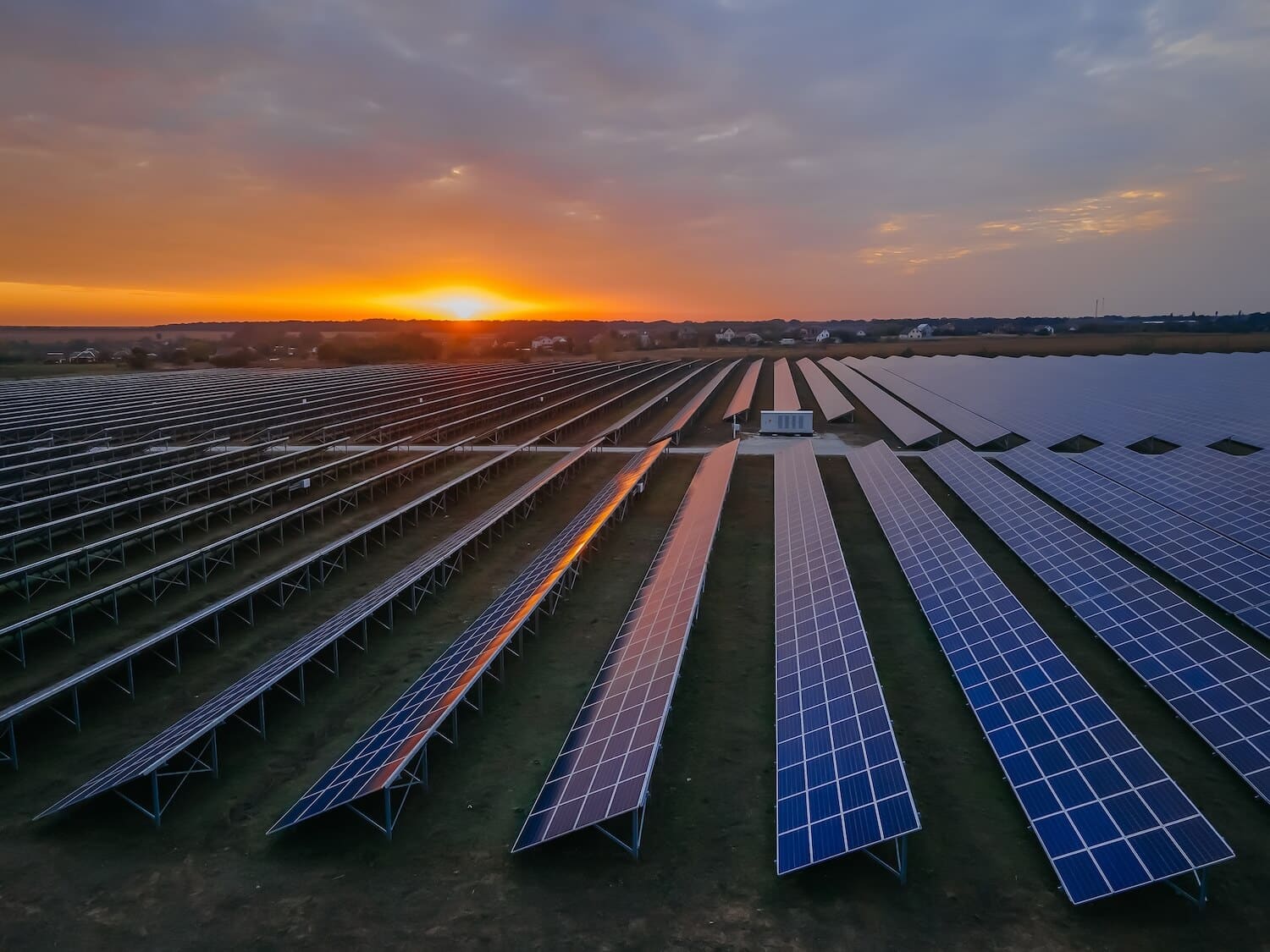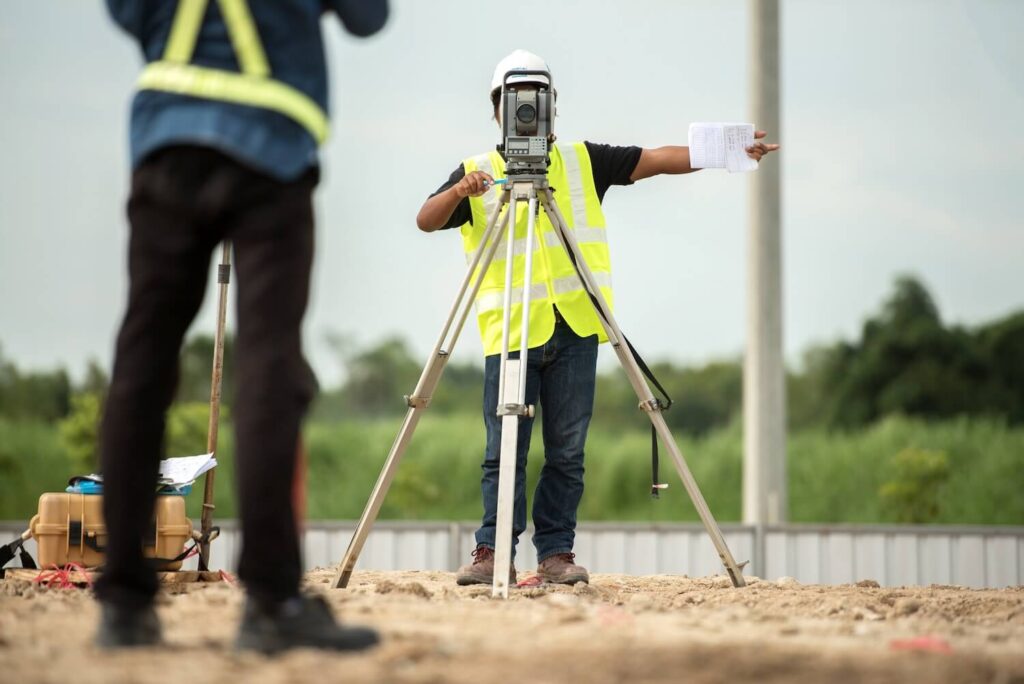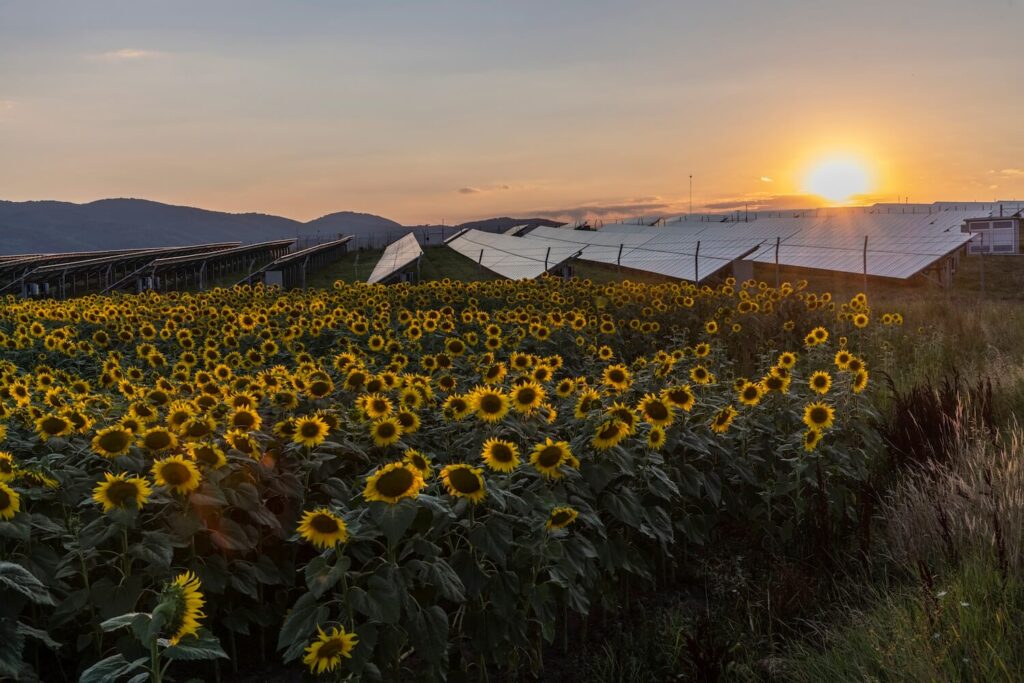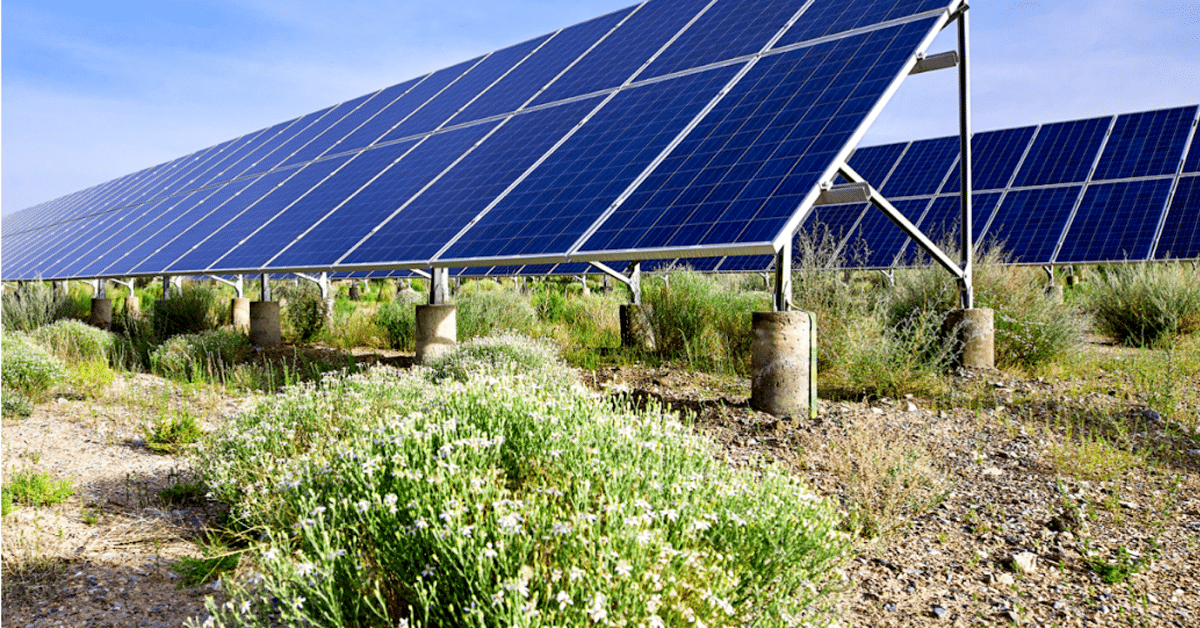POSTED
March 15, 2024
How Much Money Can a Solar Farm Make for Landowners?
Are you a landowner considering leasing your land for a solar farm? If so, you're likely intrigued by sustainable energy production and the financial gains it could bring.

Are you a landowner considering leasing your land for a solar farm? If so, you’re likely intrigued by sustainable energy production and the financial gains it could bring.
Navigating the complex financial aspects of these agreements can feel overwhelming. It’s crucial to grasp the actual earning potential of solar farm leases. You can’t solely consider the value of the energy produced. It’s essential to compare the lease against the underlying land value.
Shasta Power aims to shed light on the financial landscape of solar farm leases. We want to provide landowners like you with earning potential. We also want you to understand the significance of renewable energy projects.
Factors Influencing solar farm Earnings Revenue
Lease Rates
Determining the lease rates for a solar farm involves various factors that impact profitability. A landowner can expect to earn approximately 7-8% of the market value of their land per year from an operational solar farm.
A typical pre-operation lease value ranges from 0.5-1% of the land’s market value annually. Most leases include a 2% annual increase to keep up with inflation. Land value tends to appreciate by around 2.50-3.5% per year on average. When factoring in the lease increase of 1-2%, landowners gain value throughout the lease period.
Establishing your land’s value involves comparative pricing. You should also reference recent sales, and validation by an appraiser. The price of leases changes depending on where the land is. When you compare lease prices in cities versus rural areas, you will find big differences.
Market Demand
Understanding trends can help you gauge market demand. This way you can assess a solar farm’s size and efficiency. Renewable energy is gaining traction. The demand for solar projects continues to rise, presenting lucrative opportunities for landowners. Monitoring market dynamics, technological advancements, and industry trends help maximize earnings.
Land Characteristics
Specific land attributes heavily influence the earnings potential of a solar farm. Zoning regulations, solar irradiance, transmission infrastructure proximity, habitat, road accessibility, price per acre, scale, terrain, soil quality, and acreage are important considerations. It’s better to have bigger pieces of land with fewer owners when developing. This is because of simplified organization and cost savings.

Location
An analysis of the geography is essential when considering solar farm leases. Prime locations are close to existing infrastructure and large-scale energy users. These can be cities or even data centers. This facilitates efficient energy transmission and distribution. Solar exposure and irradiance levels impact lease rates. Regions with higher sunlight intensity have premium rates, because this equates to increased energy generation potential.
Government Incentives
Government incentives and subsidies boost the income potential of solar farm leases. Tax credits, grants, and renewable energy certificates incentivize investment in renewable energy projects. Understanding and following laws and regulations is important for making the most money. It also helps to take advantage of any rewards or benefits that are available. Landowners can contribute to sustainable energy and increase earnings by considering these factors.
Appealing energy Aspects of Solar Farm Leases
Low Risk For Landowners
One of the most appealing aspects of solar farm leases is the low risk they pose for landowners. Developers absorb the majority of the risk associated with solar farm development. Lease payments are typically non-refundable. These payments provide landowners with a stable income stream regardless of project outcomes. Developers are responsible for all development activities related to the solar farm.
Landowners collect their rent checks and enjoy hassle-free income without bearing the risks.
Steady Income Stream
Traditional agricultural leases are subject to fluctuations in crop prices and yields. Solar farm leases provide a predictable source of revenue over the lease term. Long-term contracts can span several decades. Landowners can rely on payments to supplement their income and support financial stability.
Predictable Revenue
Payment structures and long-term contractual agreements ensure predictable revenue from solar farm leases. Developers often offer fixed lease payments or escalating payment structures tied to inflation. These plans provide landowners with certainty of their future earnings. Long-term contracts allow landowners to plan for the future with confidence.
Low-Maintenance
Solar farm leases require minimal involvement and upkeep from landowners. Operators and maintenance teams are responsible for the solar farm’s day-to-day requirements. Operation and maintenance include monitoring performance, conducting repairs, and ensuring regulatory compliance. Experienced professionals manage the property for the landowner and reduce risks and liabilities.
Environmental Benefit Farming
Solar farm leases offer financial rewards and contribute to positive environmental outcomes. Landowners can help produce sustainable energy and reduce greenhouse gas emissions.

Positioning landowners as champions of environmental stewardship enhances the property’s appeal. The land will attract environmentally conscious tenants and investors who value sustainability initiatives. Landowners can take pride in knowing that their land is contributing to a greener future.
Additional Considerations for Landowners
Market Dynamics
It’s important for landowners thinking of solar farm leases to keep up with market trends. This means looking at how much the solar energy industry is growing. So land owners can make smart decisions based on what’s happening now and what could happen in the future.
By understanding market trends, landowners can get the most out of their investment.
Land Speculation
While investing in land for development can be lucrative, it also carries risks. Land speculation is a complex and risky venture best left to professionals with expertise in real estate and development. Experienced professionals can help mitigate risks and navigate land acquisition and development.
Legal and Regulatory Compliance
Land use regulations and permitting processes must be carefully navigated. So you can ensure compliance and mitigate legal risks. Thorough documentation and adherence to regulations can help landowners avoid costly legal disputes. This ensures the smooth operation of their solar farm lease agreements.
Long-Term Land Use Implications
Solar farm leases can have broad implications for landowners beyond financial gains. Landowners must consider the long-term impacts on property values and future development opportunities. Solar farm leases can provide short-term revenue streams, but landowners need to look at the potential impact on future land use and development plans.
Balancing short-term gains with long-term land use will help landowners make decisions that align with their objectives.
Common Requirements for Landowners Looking to Lease Their Land for Utility-Scale Solar
If you’re considering leasing your land for a utility-scale solar farm, there are a few requirements to keep in mind:
- Ownership Status: You must own the land free and clear, with no outstanding mortgages or liens.
- Minimum Parcel Size: The parcel or combined parcels must meet a minimum size requirement of 160 usable acres to accommodate the solar farm infrastructure.
- Subsurface Rights and Access: You must own the subsurface rights to the land and have legal access through a right of way.
- Proximity to Substation: The land should be located within ⅛ mile of a substation to facilitate efficient energy transmission and distribution.
- Zoning Compatibility: The land must be zoned for solar utility use or farming to ensure compliance with local land use regulations.
- Environmental Considerations: The property must be free from hazardous contamination and not host endangered species’ habitats to minimize environmental impact.
- Exclusion from Endangered Species’ Habitat: The land should not house habitats for endangered species to avoid disruptions to wildlife.
- Avoidance of Flood Zones: The property should not be located in a flood zone to mitigate risks associated with flooding and water damage.
Make sure your land meets these standards. This way, you can make it appealing for solar farm developers to consider leasing from you. You will also contribute to the exciting expansion of renewable energy infrastructure.
Lease Your Land to Shasta Power for solar revenue
Are you considering the potential of leasing your land for solar energy projects? You will have the opportunity to earn real revenue while impacting the world. Shasta Power is a leader in renewable energy investments. We are actively seeking to lease land in the West (Oregon, Idaho, Wyoming, California, Nevada, Arizona, and Colorado) and the Midwest (Missouri and Illinois). Harness the power of sustainable energy production and generate a steady income from your land with Shasta Power.
If you own suitable land, you may want to explore the possibility of leasing it for solar development. Do this by connecting with us at Shasta Power. Together, we can work towards a green future and reap the financial benefits of solar energy. Take the first step toward becoming a part of the clean energy revolution. Visit our land leasing page at Shasta Power Land Owners. Join us in shaping a more sustainable tomorrow, one solar farm at a time.






What happens when the lease ends or is not renewed?
Great question! When a solar lease ends or is not renewed, the terms outlined in the lease agreement will determine the next steps. Typically, there are a few possible outcomes:
Removal of Equipment: In many cases, the solar developer is responsible for decommissioning the system and restoring the land to its original condition, unless other arrangements are made.
Lease Extension or Renewal: Some landowners and developers negotiate an extension if the project is still viable and both parties agree to continue.
Purchase Option: Depending on the lease terms, there may be an option for the landowner to purchase the system or for another developer to take over the project.
If you have a specific lease in mind, it’s always a good idea to review the contract details or consult with the developer to understand your options. Let us know if we can help clarify anything further!
I own 41.5 acres across the street from the Honda factory in Marysville Ohio within two miles of a substation/transmission lines and would like to lease the land for a solar farm.
Hi Stephen, thank you for letting us know you are interested in leasing your land for solar. We would be happy to take a look! Please submit a request through our form linked here to provide us the details we need to evaluate feasibility: https://shastapower.com/contact/